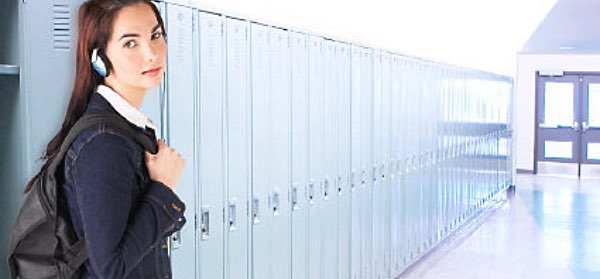- By New York State Comptroller's Office
- News
 Print
Print 
Voter participation for school district budgets statewide more than tripled to 1.6 million votes cast amid the COVID-19 lockdown for the 2020-21 school budget year, after in-person voting was temporarily suspended and replaced with absentee ballots. The results were similar to 2019 when only 1.6 percent of the budgets failed to pass on the first vote, according to a report released today by State Comptroller Thomas P. DiNapoli.
"The pandemic has upended every aspect of our lives and our schools are no exception," DiNapoli said. "Using the absentee ballot process put into place this year, voters participated in greater numbers to approve the vast majority of school district budgets. We need to embrace smart actions like this to help New Yorkers engage on issues critical in their communities."
DiNapoli's report found that of the 675 district budgets that were voted on, only 11 failed on the first vote, compared to the 12 defeats from last year. Seven of the 11 defeats in 2020 passed on revote, three (Rensselaer City School District, Riverhead Central School District and Fort Edward Union Free School District) were defeated again, requiring a "zero-growth" contingency budget, and one district (East Ramapo Central School District) opted to go directly to a contingency budget rather than hold a revote.
Thirteen budgets for school districts seeking to override the property tax cap required 60 percent voter approval (a "supermajority") to pass, which was only slightly fewer than the 18 needing a supermajority in 2019-20. Of these, four were defeated on the first vote, highlighting the risk that school districts take on when advancing a budget to the voters that exceeds the tax cap. On revote, two (Rensselaer and Fort Edward, mentioned above) were defeated again, while the other two (Dolgeville Central School District and Johnstown City School District) passed.
While the number of budget defeats did not increase from 2019-20 to 2020-21, the overall percentage of votes in support of the budget did decrease modestly — with 73.1 percent of those casting a ballot voting in support of the 2019-20 budget and 69.0 percent voting in support of the 2020-21 budget — a 4 percentage point drop in the overall level of support.
DiNapoli's report also found that the number of votes cast for Western New York's budgets grew fastest, quadrupling between the two years. While the number of votes cast grew, support of the budgets decreased by 8.5 percentage points – the greatest decrease among the regions. In the Mohawk Valley districts, which had the smallest increase in the number of votes, support for the budgets saw only a slight 0.9 percentage point reduction. Overall, support for budgets was greatest in the Southern Tier, where 73.5 percent of ballots were cast in favor of the schools' budgets.
Historically, participation in school district budget votes has been relatively low and, statewide, declined steadily since the implementation of the property tax cap. The tax cap was first effective in the 2012-13 school year, generally limiting levy increases to two percent or the rate of inflation, whichever is less, with some exceptions. This general trend was reversed for the pandemic-disrupted 2020-21 school budget vote.
v16i43



